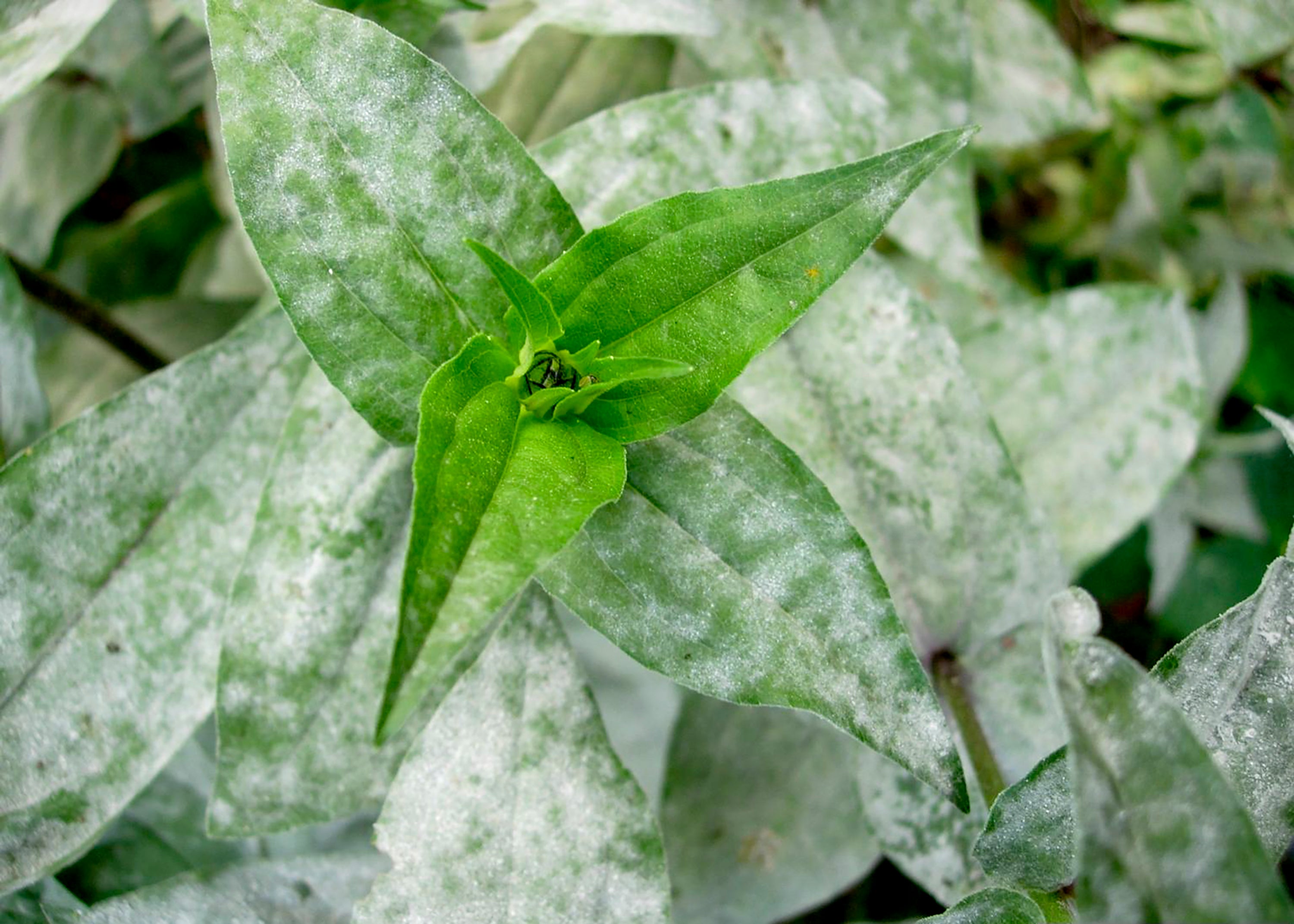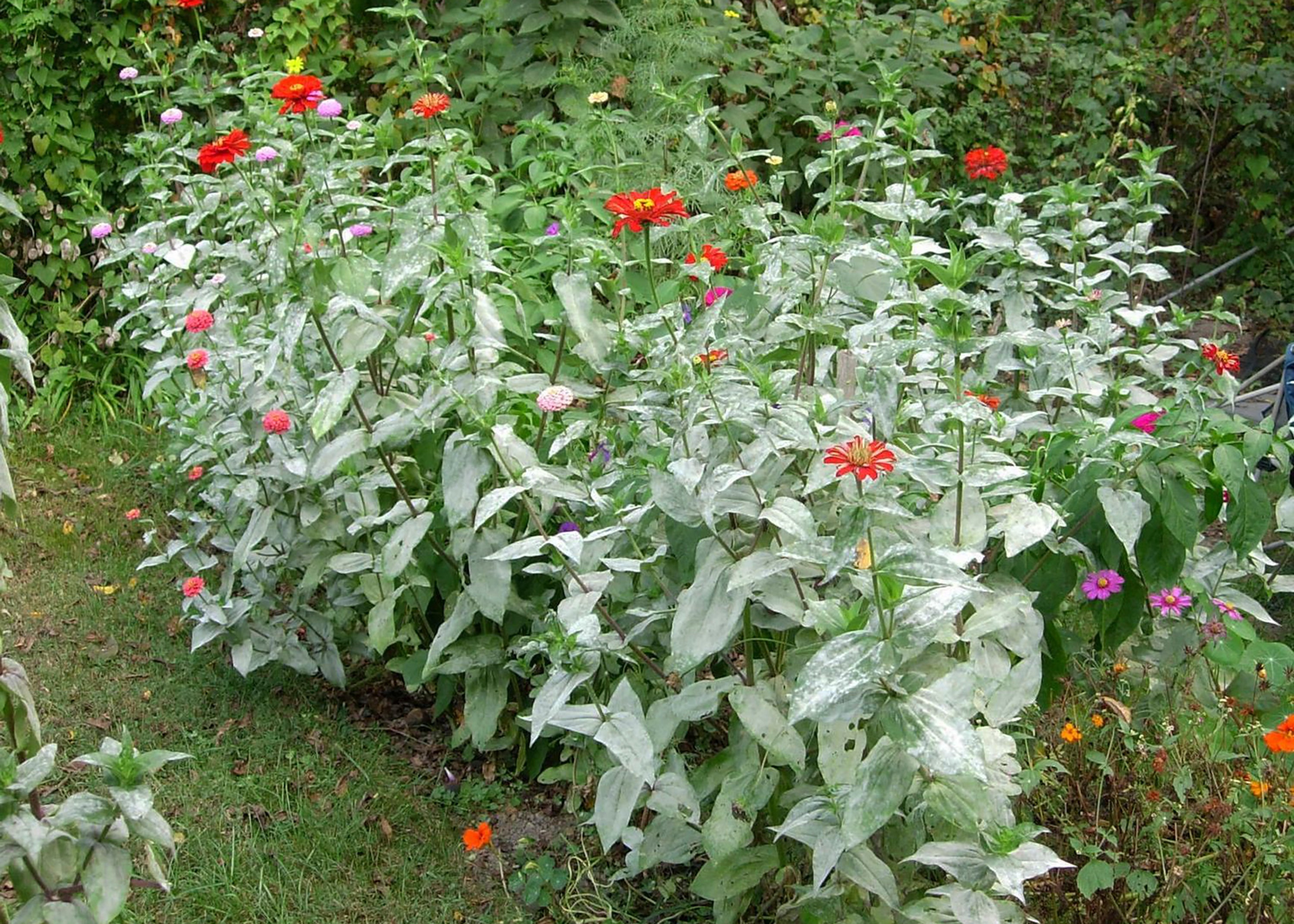Gray powder on your plants? Here’s what you need to do
As the growing season progresses in the garden, keep an eye out for a white or grayish-white powder on your plants

Your support helps us to tell the story
From reproductive rights to climate change to Big Tech, The Independent is on the ground when the story is developing. Whether it's investigating the financials of Elon Musk's pro-Trump PAC or producing our latest documentary, 'The A Word', which shines a light on the American women fighting for reproductive rights, we know how important it is to parse out the facts from the messaging.
At such a critical moment in US history, we need reporters on the ground. Your donation allows us to keep sending journalists to speak to both sides of the story.
The Independent is trusted by Americans across the entire political spectrum. And unlike many other quality news outlets, we choose not to lock Americans out of our reporting and analysis with paywalls. We believe quality journalism should be available to everyone, paid for by those who can afford it.
Your support makes all the difference.As the growing season progresses, keep an eye out for a white or grayish-white powder on your plants. That’s powdery mildew, a fungus that affects a wide range of fruits, vegetables and flowers, coating their leaves, stems, blossoms and, in severe cases, entire plants. It isn’t pretty.
Some plants are more susceptible, with hydrangeas, lilacs, phlox and peonies being the most common targets. Other vulnerable plants include azaleas, blueberries, dahlias, delphinium, cucumbers, euonymus, lilacs, rhododendrons, roses, snapdragon, spirea, squash, wisteria and zinnias. If you’re growing any of these, monitor them regularly for symptoms.
The good news is that powdery mildew isn’t likely to kill your plants unless the infection is particularly severe.
Left untreated, however, leaves may curl and turn yellow or brown, flowers may drop, and bloom times may be shortened. The fungus can also weaken and stunt plants, inhibiting photosynthesis and reducing their ability to absorb nutrients.
What to do about mildew
As soon as you spot the disease’s telltale powdery coating, remove the affected leaves and dispose of them in the trash; don’t leave them lying around because their spores will continue to infect nearby plants.
If the disease has progressed beyond a few leaves or you’re starting to notice an escalation of symptoms, apply horticultural or Neem oil according to package instructions.

Alternatively, mix 1 tablespoon of baking soda with 1/2 teaspoon of horticultural oil or liquid dish soap (not dishwasher detergent) in a gallon of water and spray plants thoroughly, including the undersides of leaves, with the solution.
Baking soda is not a fungicide, but its alkalinity inhibits the germination of spores, which require acidic environments. As the pH returns to normal, the fungus will resume growth, so repeated applications will likely be necessary. Still, avoid overapplying, as baking soda contains salt, and too much salt is harmful to plants.
Controlling severe infections requires the application of a synthetic, sulfur or biological fungicide.
If your plants have been affected in the past, preventive applications of your chosen fungicide will help prevent a re-emergence.
Powdery mildew usually appears in spring or early summer. Although it thrives in warm, humid conditions, it is also found in cooler climates. Easy, non-chemical practices can go a long way toward preventing infections wherever you are.
• Seek out and plant resistant plant varieties, if available.
• Ensure that sun-loving plants receive at least 6 hours of direct sunlight per day.
• Space young plants appropriately, taking their mature sizes into consideration, and divide those that are overgrown. Crowding retains moisture, which allows mold, mildew and fungal diseases to thrive.
• Avoid overhead irrigation. Instead, direct water to the soil above the root zone.
• Regularly prune branches and stems to allow sufficient airflow through and between plants. This also will allow sunlight to reach all plant parts.
• If your plants become infected, remove fallen leaves and plant debris from garden beds to prevent spread and reoccurrences.